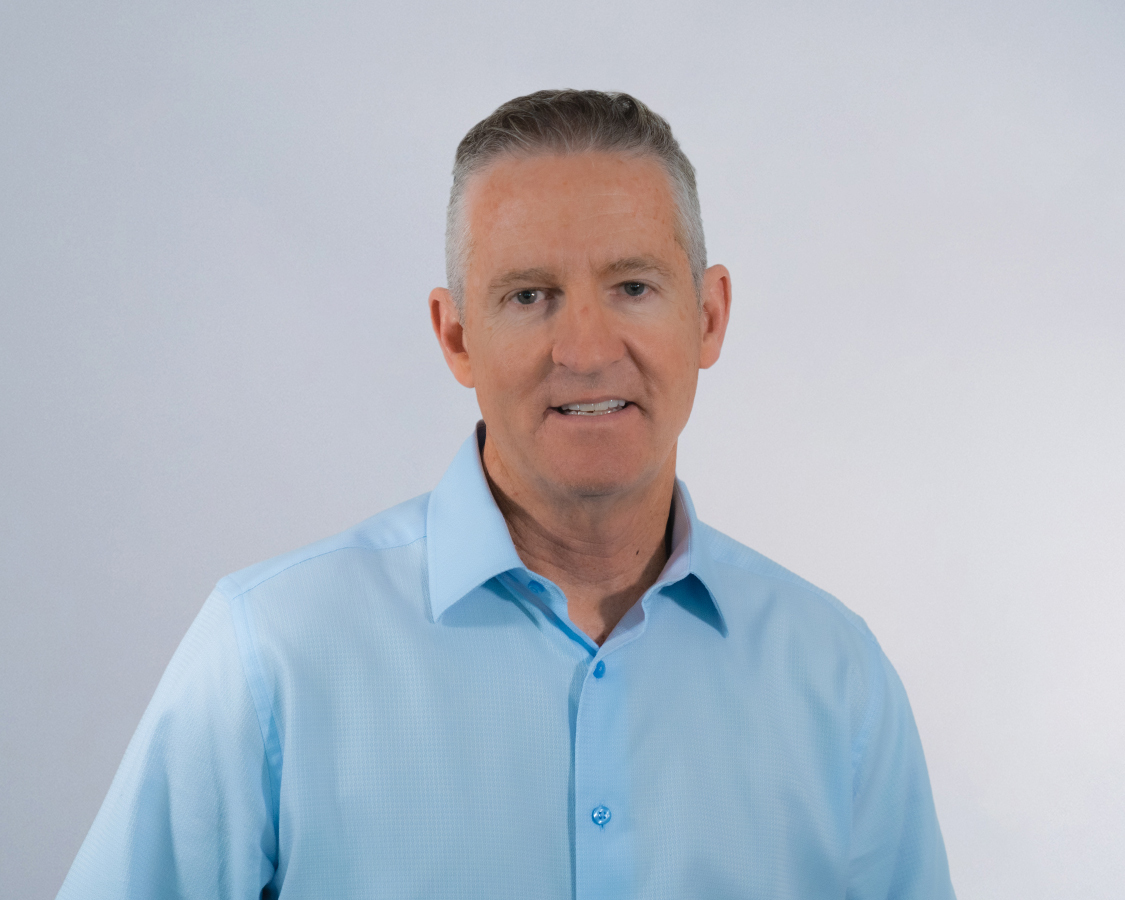Kent Peterson
Vice President
PE, ASHRAE Presidential Fellow, LEED AP BD+C, BEAP, MCIBSE

Article Preview
Thermal energy storage (TES) is an effective means of shifting cooling electrical load from peak to off-peak electrical rates or load-leveling combined heat and power plants to provide energy cost savings. Chilled water is the most common form of TES for large facilities, using concrete or steel tanks to store chilled water. During discharge, cold water is pumped from the bottom of the tank, while an equal amount of warm return water is returned to the top of the tank. Due to the increased density of colder water, a stable stratification of layers of water can be obtained.
The author has witnessed many installations under operation that have dramatically hindered the system’s ability to provide full capacity and minimize energy costs. This month, I will discuss some of the common problems and means for achieving optimum, performance.
Stratified TES Tank Operation
Water is a good medium for cold sensible energy storage. The principle of stratified TES tank operation is based on thermal stratification. In atmospheric stratified thermal storage tanks, warmer, less dense return water floats on top of the denser chilled water. The distribution headers in the tank are designed to use horizontal low velocity so buoyancy forces dominate inertia movement in the water.




